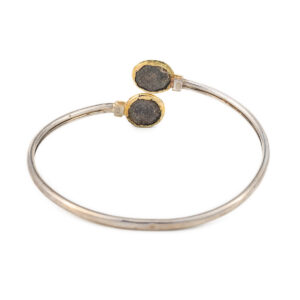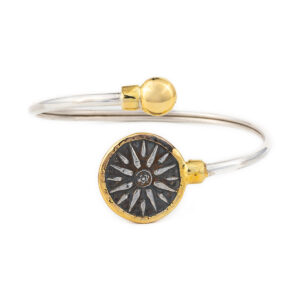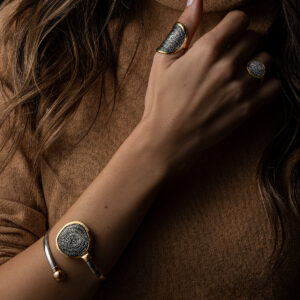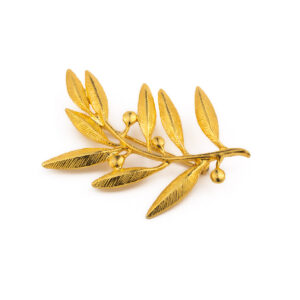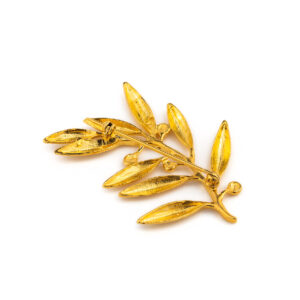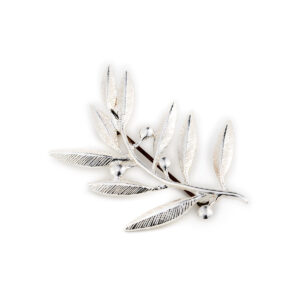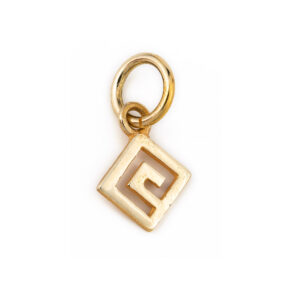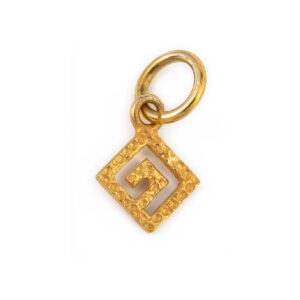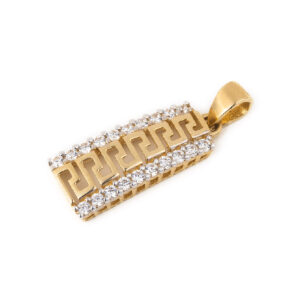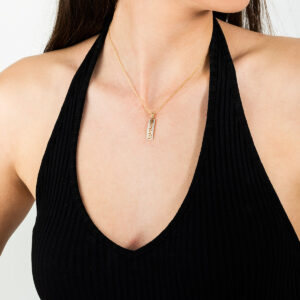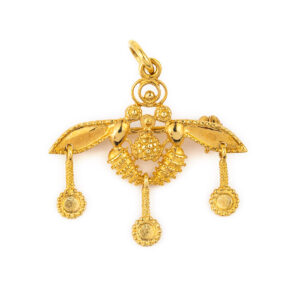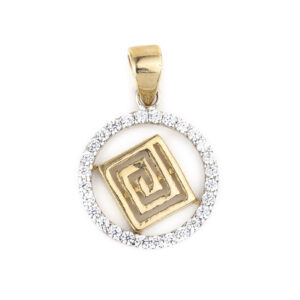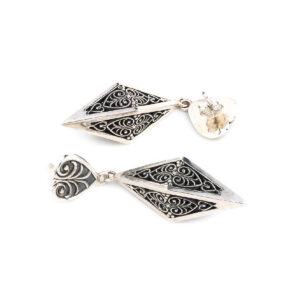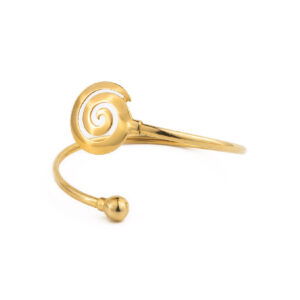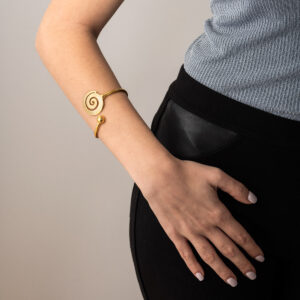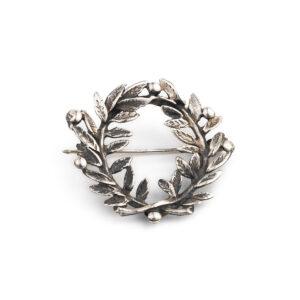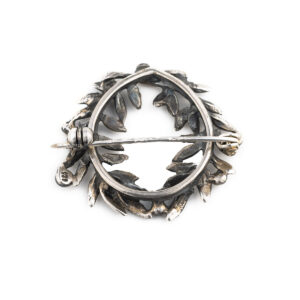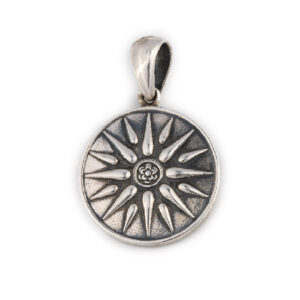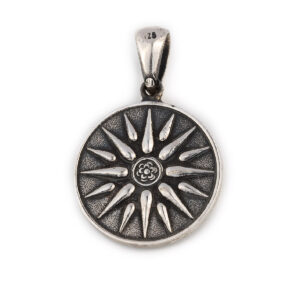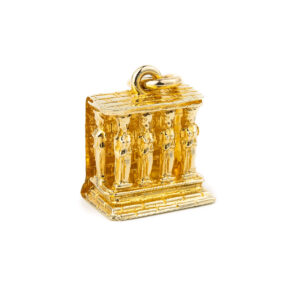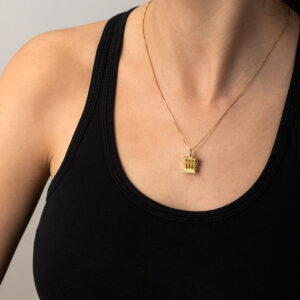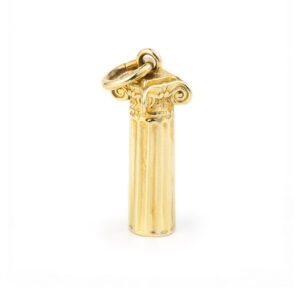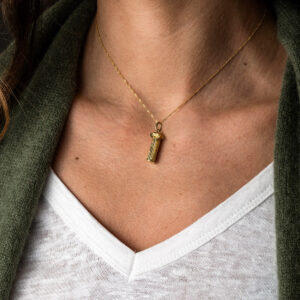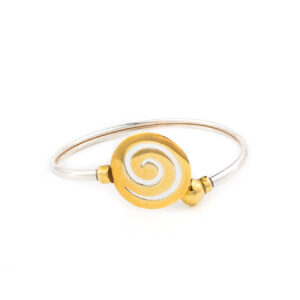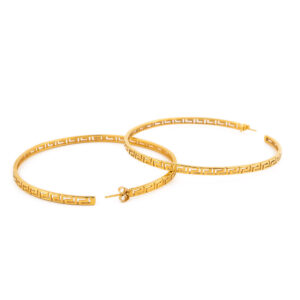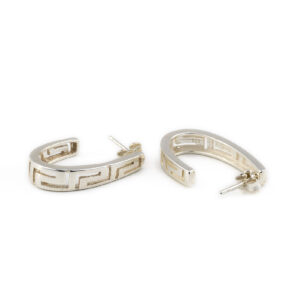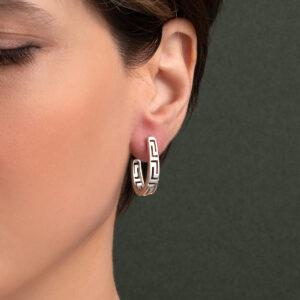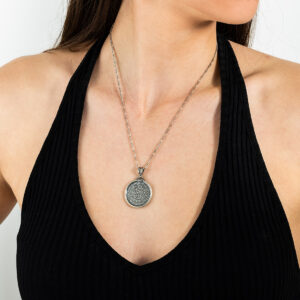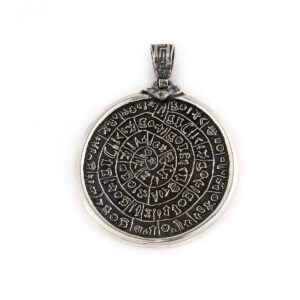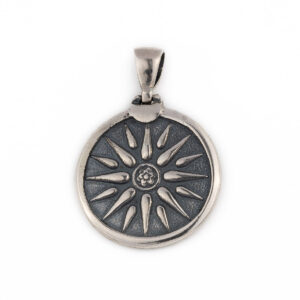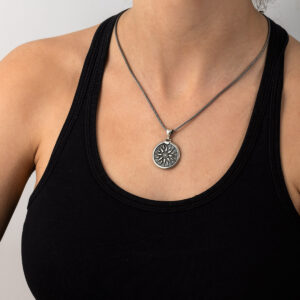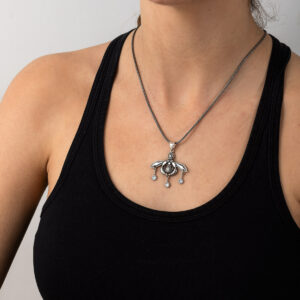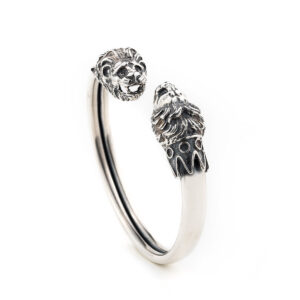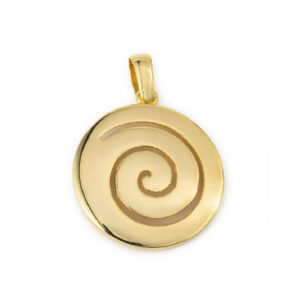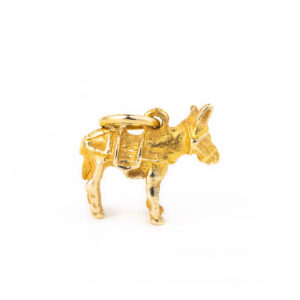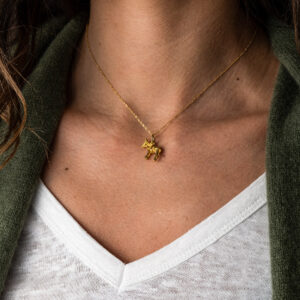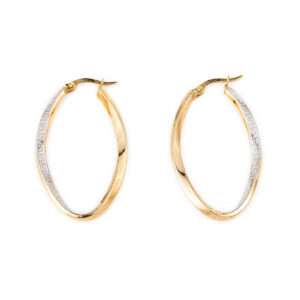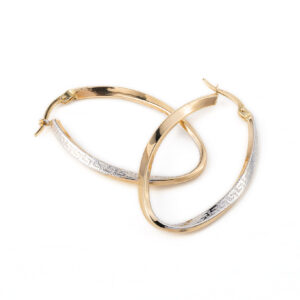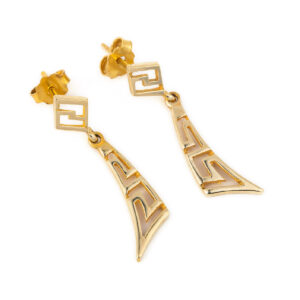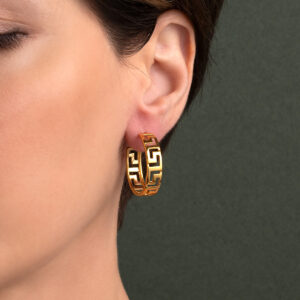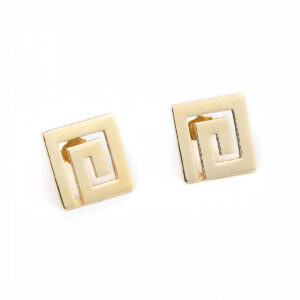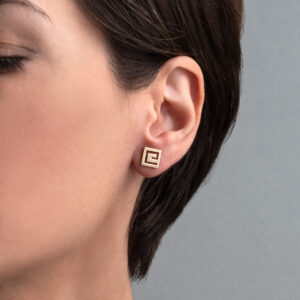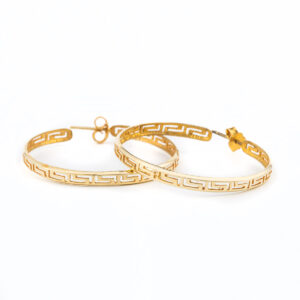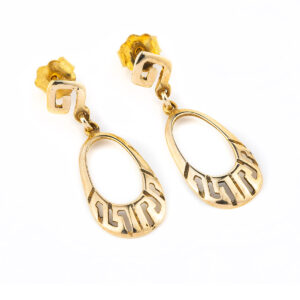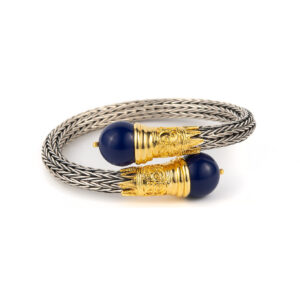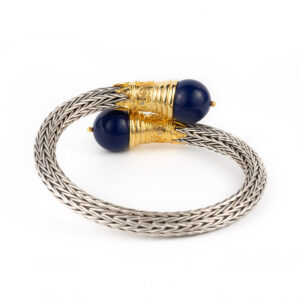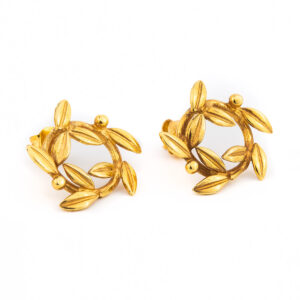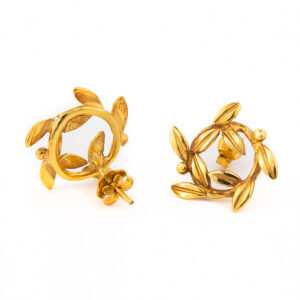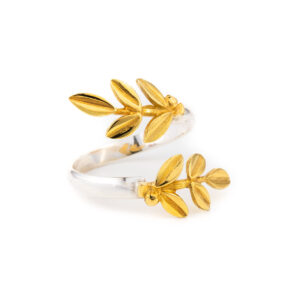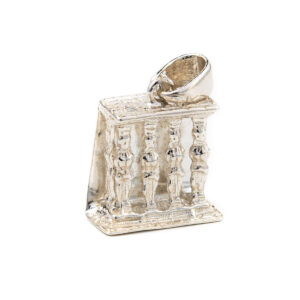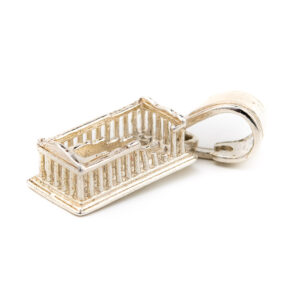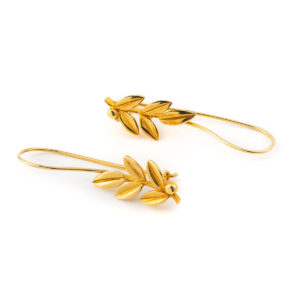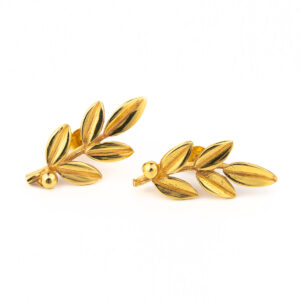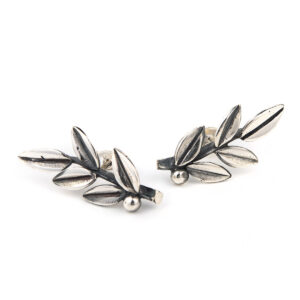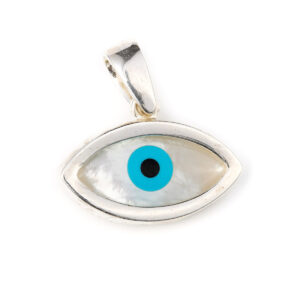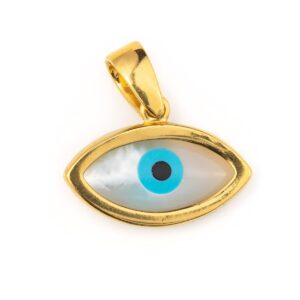Το προϊόν “Βυζαντινά Σκουλαρίκια με κρύσταλλα Swarovski – Επιχρυσωμένο Ασήμι 925” έχει προστεθεί στο καλάθι σας. Καλάθι
Βλέπετε 2113–2160 από 2255 αποτελέσματαSorted by latest
Ταξινόμηση ανα
Υλικό
- δέρμα (31)
- ροζ χρυσό επιχρύσωμα (11)
- ασήμι 925 (1526)
- ασήμι και επίχρυσο (5)
- ατσάλι (2)
- χρυσό (509)
- σμάλτο (147)
- επίχρυσο (798)
Design
- Αμφορέας (7)
- Αυγό (51)
- Γάιδαρος (1)
- Ελληνικοί Ναοί (6)
- Ήλιος της Βεργίνας (26)
- Κόμπος του Ηρακλή (4)
- Κουκουβάγια (16)
- Κριάρι (8)
- Κωνσταντινάτο (22)
- Λιοντάρι (6)
- Μέδουσα (3)
- Μινωικά (23)
- Μπουζούκι (8)
- Πήγασος (5)
- Σπαρτιάτικα (25)
- Τσαρούχι (4)
- Φίδι (20)
Coin
- Αλέξανδρος ο Μέγας (2)
- Μέδουσα (1)
Πολύτιμος λίθος
- amazonite (33)
- amethyst (21)
- apatite (29)
- aqua chalcedony (6)
- aquamarine (32)
- bloodstone (1)
- blue topaz (41)
- chalcedony (10)
- chrysocolla (1)
- chrysolite (1)
- chrysoprase (2)
- coral (4)
- crystals (3)
- diamond (2)
- diopside (1)
- emerald (22)
- fildisi (37)
- ganade (1)
- garnet (16)
- geen onyx (1)
- glass engaving (3)
- green copper (7)
- green onyx (3)
- green turquoise (2)
- labradorite (3)
- lapis lazuli (51)
- larimar (3)
- lemon quartz (2)
- london blue topaz (18)
- malachite (6)
- moonstone (8)
- mother of pearl (24)
- multi stone (4)
- obsidian (1)
- onyx (16)
- opal (162)
- pariba (15)
- pearl (75)
- peridot (26)
- purple copper (1)
- quartz (5)
- quartz crystal (1)
- rhodolite (5)
- rose quartz (3)
- rubinite (5)
- ruby (30)
- sapphire (25)
- sodalite (4)
- swarovski (14)
- tanzanite (4)
- tiger eye (2)
- topaz (2)
- tourmaline (40)
- turquoise (36)
- turquoise copper (3)
- zircon (263)
- aqua marine (4)
- citrin (2)
- comelian (1)
- lava (1)
- london topaz (1)
- rhodochrosite (1)
- rodolite (2)
- rubellite (1)
- rubyzoesite (1)
- tsavorite (1)


